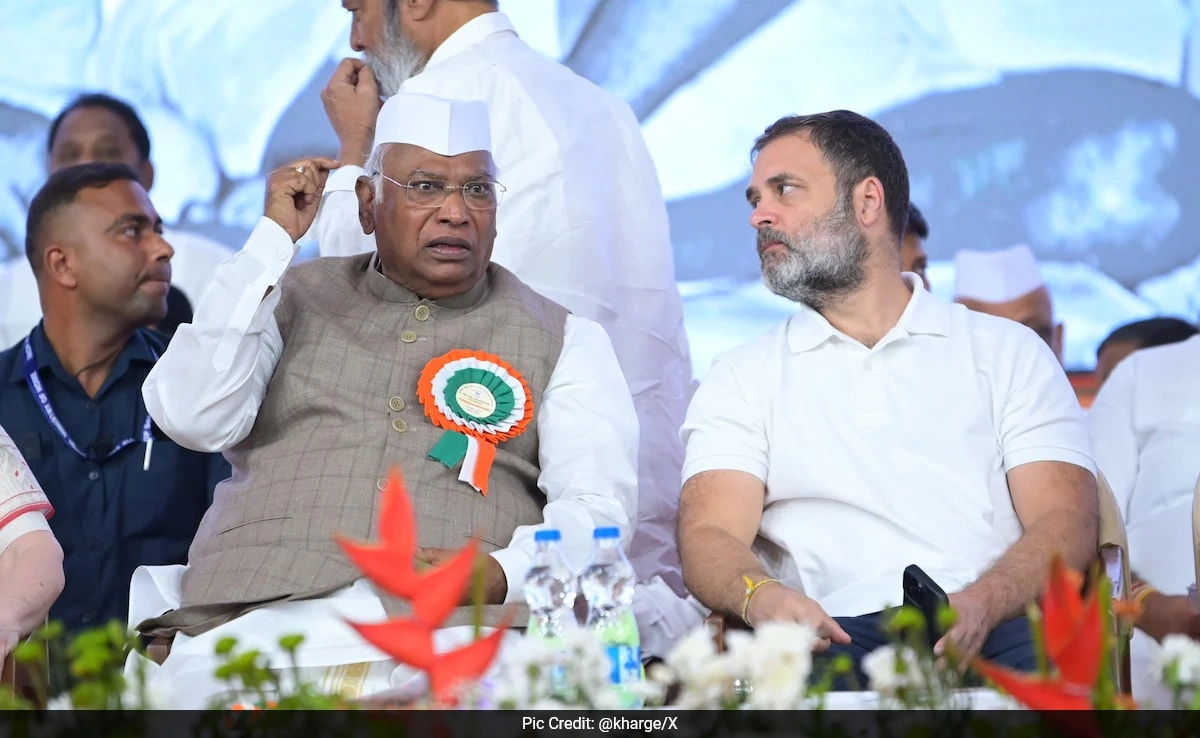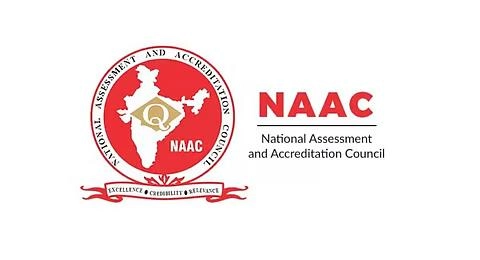The Congress party has recently proposed the implementation of a quota system in private educational institutions, a move that has sparked significant debate across the political and social landscape. This proposal aims to enhance access to quality education for underprivileged and marginalized communities, ensuring that students from diverse backgrounds have the opportunity to enroll in prestigious private schools and colleges. The Congress party argues that while public educational institutions have historically provided some level of affirmative action, private entities, which have increasingly become a dominant force in the education sector, must also contribute to social equity by reserving a portion of seats for economically and socially disadvantaged groups.
Advocates of this initiative believe that a quota system in private educational institutions would not only promote inclusivity but also address systemic inequalities that have persisted for generations. By mandating a certain percentage of seats be allocated to students from Scheduled Castes, Scheduled Tribes, and Other Backward Classes, the proposal aims to level the playing field and provide equal opportunities for all. This approach aligns with the broader goals of social justice and equity, emphasizing the importance of education as a fundamental right rather than a privilege reserved for a select few. The Congress party posits that by diversifying the student body in private institutions, it can foster a more enriched learning environment that benefits all students.
However, the proposal has also faced criticism from various quarters. Opponents argue that imposing quotas in private institutions infringes on the autonomy of these entities and could undermine the quality of education. They contend that merit should remain the primary criterion for admissions, and that a quota system could lead to a dilution of standards. The debate raises important questions about the role of private education in society and the balance between maintaining academic excellence and promoting social equity. As discussions continue, it will be crucial to consider the potential implications of such a policy, not only for students and educational institutions but also for the broader societal context.
In response to these differing viewpoints, the Congress party has emphasized the need for a comprehensive dialogue involving stakeholders from all sectors of education, including parents, educators, and policymakers. They argue that a collaborative approach can help address concerns while ensuring that the primary objective of the quota system—enhancing access to quality education for marginalized groups—is achieved. As the discourse evolves, it will be essential to assess the potential impact of such a policy on the educational landscape, as well as its alignment with the overarching goals of social justice and equality in India. Overall, the push for a quota in private educational institutions highlights a critical intersection of education, policy, and social justice that continues to shape the future of India’s educational framework.




